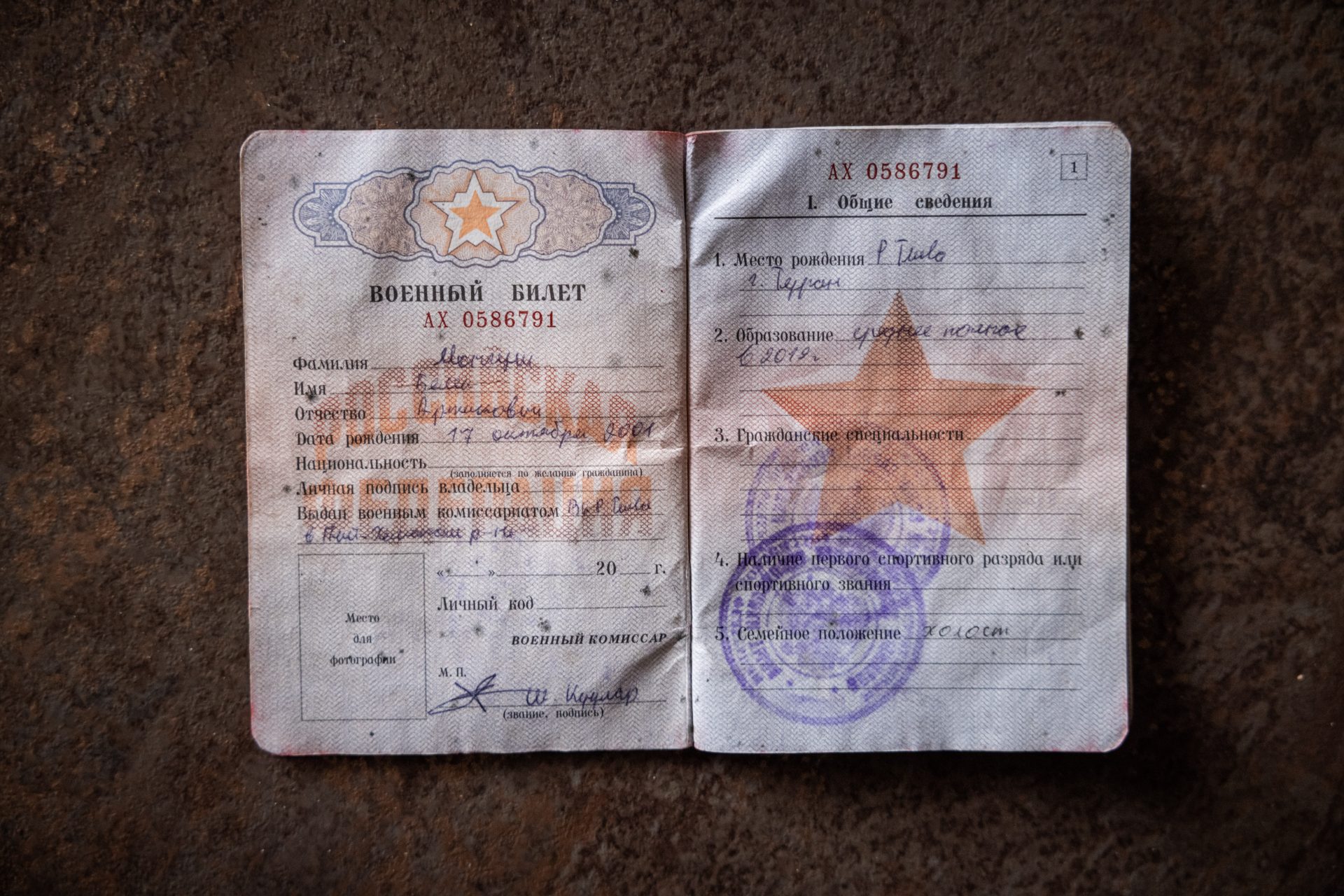The science of lie detection: findings from recent research
A new study on identifying lies shows that scrutinizing the level of detail in someone's account is the most reliable way to detect deception.
Published in the journal Nature Human Behaviour, in March 2023, the study suggests that both body language and eye movement or the speaker's degree of persuasion are not fundamental elements to identify a lie, as previously believed.
Carried out by researchers at the University of Amsterdam in collaboration with the Universities of Maastricht and Tilburg, the study revealed it’s more effective to ignore body language and other factors that can rather confuse us.
Photo: Unsplash/ icons8 team
Instead, it shows that one should be aware of only one factor: the content of the speech and its level of detail.
Photo: Unsplash/ saeed karimi
Previous studies tried to decipher a lie by combining different factors, such as consistency and objectivity, but the result of these signals was often contradictory, researchers said.
Photo: Unsplash/ hans peter gauster
In addition, according to the publication of the University of Amsterdam, a program was created to identify liars in the US, which had 92 items to be analyzed, such as blood pressure, breathing rhythm, psychological factors, heart rate, among others.
However, considering so many elements at the same time made the task impractical, in addition to making lie detection difficult in a short period of time, said the researchers of the most recent study.
Photo: Unsplash / christina wocintechchat
Bruno Verschuere, author of the article and associate professor in the department of Forensic Psychology, told the University of Amsterdam that we are generally, “very bad at identifying lies”, with an accuracy level of 54 %
Photo: Unsplash / arash payam
But after decades of trying to figure out an easy and effective way to spot a lie, the study points to a promising way forward in identifying lies.
Photo: Unsplash/ pawel czerwinski
The emotions, tone of voice and features of the speaker should also not be taken so much into consideration, according to this new approach, as there are other reasons why someone might feel certain emotions at the time of speaking.
Photo: Unsplash / artur voznenko
"It's very counterintuitive to just listen to what people say and not pay attention to other signals, such as how convincingly or emotionally they convey their story," said the researcher, on the website of the University of Amsterdam.
Photo: Unsplash/ christina wocintechchat
In the beginning, it is necessary to be attentive, since we tend to give a lot of importance to other factors, in addition to the speech itself. But, with a little training, the task becomes quite accessible, being perfectly possible to detect a probable "liar".
Photo: Unsplash / jose aljovin
So, to find out the degree of accuracy of the method, the researchers conducted an experiment with students, who were divided into two groups: the guilty and the innocent.
Photo: Unsplash/ the climate reality project
The guilty group was instructed to steal an exam from a safe, while the innocent group was instructed to spend half an hour on the university campus and do activities such as going to the library, drinking coffee or calling a friend.
Photo: Unsplash/ chris yang
After half an hour, both groups should say what they had done in the last 30 minutes, describing their activities. Obviously, half of the students should lie.
Photo: Unsplash/ denise jans
Statements were recorded to allow for later analysis. Then, nine studies were carried out based on this experiment, in which 1,445 people were asked to classify the students' speech as true or false.
Photo: Unsplash/ soundtrap
So that people could evaluate such testimonies, different formats were used, such as handwritten statements, transcription of their speeches, video interviews and, of course, live interviews.
Photo: Unsplash/ kiwihug
Some participants tried to identify liars without any guidelines. But the simple attempt to guess whether or not the student was lying proved to be inefficient: the probability of getting it right was slightly higher than simple chance.
Photo: Unsplash/ mason kimbarovsky
On the other hand, when instructed to trust only the content of the lines in each story, such as place, person and time, the probability of identifying the lie increased significantly.
Photo: Unsplash/ firmbee
According to Science Alert magazine, the accuracy of those who considered only the facts of the stories reached 79%.
Photo: Unsplash/ usman yousaf
According to the abstract of the article, the simplicity in evaluating testimonies is a key element to succeed in lie detection. With only one guideline, that of trusting only the level of detail in the report, the chances of catching a liar increase considerably.
Photo: Unsplash/ absolutvision
More for you
Top Stories

































